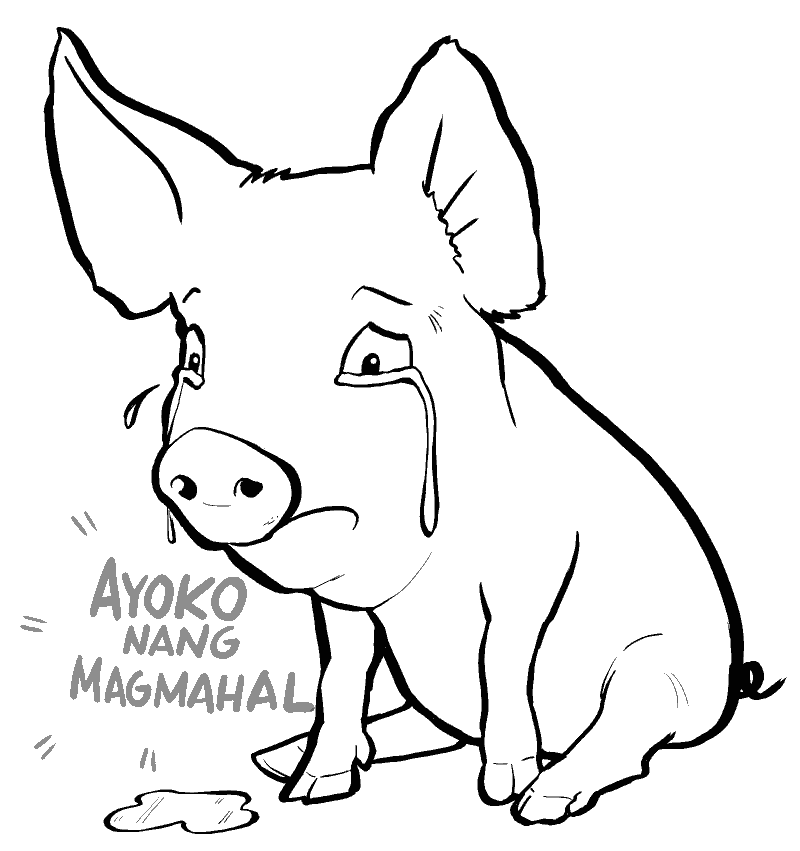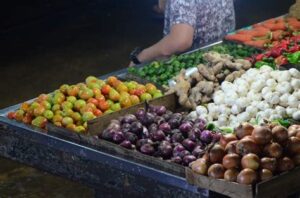Skyrocketing pork prices


Many Filipinos are alarmed about the continuously increasing prices of food commodities, especially pork, in Luzon since December 2020. A recent report by the Department of Agriculture (DA) indicates that the price of pork belly in Metro Manila is already at ₱380 to ₱420 per kilo, while pork tenderloin is at ₱320 to ₱380. The aforementioned prices are way higher than the suggested retail prices set at ₱290 and ₱260 a kilo respectively.
The average price of pork may reach ₱400 in the coming weeks with the impending stop of local importation to Luzon from Visayas. This is almost equivalent to the daily minimum wage.
This has a huge impact on the nation given that pork is the most consumed typed of meat by Filipinos. On average, every Filipino consumes 15.6 kilos of pork every year, higher than the 14.2-kilo global average. Meanwhile, Filipinos also consume 12.8 kilos of chicken meat and 3.1 kilos of beef.
Due to skyrocketing pork prices, many Filipinos are now forced to just consume other meat products. The surge in prices and the drop in local supply is primarily attributed to the African Swine Fever (ASF) pandemic in the country. ASF is a virus which infects pigs. There is no vaccine for ASF, and all pigs that are infected with it die. To prevent the spread of the disease, infected pigs and others that are in the same piggeries or backyard farms are culled. ASF has no known effect on humans.
The regime has predicted in early 2020 that the pork production will drop by at least 10%. Despite this, the DA has not implemented any program to urgently address the pandemic and protect local producers. It has not allocated enough funds to aid affected farmers, especially small farmers who raise pigs in their backyards.
The DA has only implemented a program to produce test kits for ASF two years after the onslaught of the pandemic. It alloted ₱10 million to produce test kits which cost ₱45 each. It was also only now that the department has allocated a measly ₱400 million budget for the repopulation of hogs.
As of now, around 431,000 pigs have been killed in the Philippines since the ASF pandemic the country in 2019. Luzon hog raisers are the most affected, with around 4 to 5 million pigs (53%-67% of the total) culled. In recent months, around 200,000 pigs have been delivered to Luzon from Visayas (Cebu) and Mindanao (Gen. Santos City) to address the pork shortage in the island.
Instead of boosting local production, the DA announced on January 8 its plan to just continue with the local importation of pork from other parts of the country to Luzon. This will not address the supply shortage and may even lead to price increases in areas where huge volumes are imported.
Worse, the department is using the shortage as pretext to fully liberalize not only pork importation, but also of other meat products such as chicken and beef. Last year, the government has imported 895 million kilos of meat products from other countries, mostly (45%) chicken. Compared to 2019, the volume of imported chicken in 2020 is higher by 18%. The volume of imported beef and carabao meat also increased by 45% and 10% respectively. Imported meat are mostly used by local food manufactures who produce processed foods such as canned goods, hotdogs and corned beef among others. Demand for the said products increased significantly during the pandemic. The highest volume of Philippine meat imports is from the US.
As in the past, DA’s response to pork supply shortage is more importation. It aims to tripple the volume of pork imported by the country in 2021, despite the high price of the said commodity in the global market.
Meanwhile, fisherfolk and poultry owners also warned that the prices of their products could also surge given that many consumers are now opting to buy fish and chicken meat.










